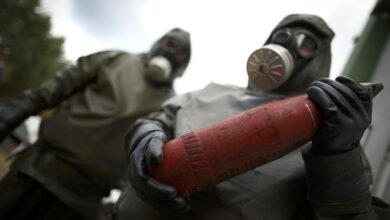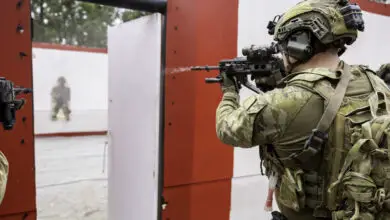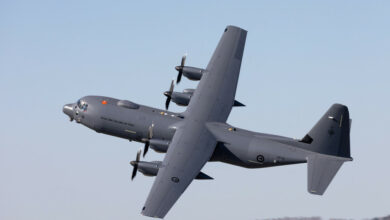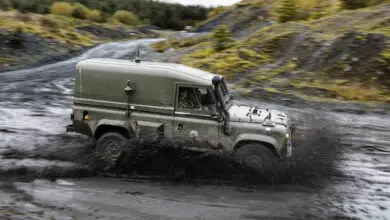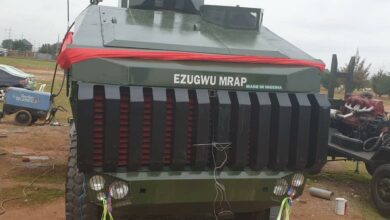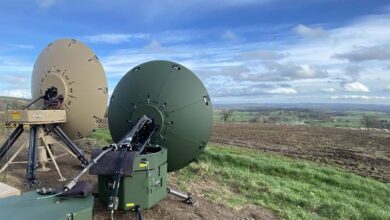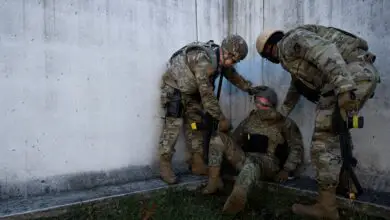The US Army has tested a new Sensor Suite Upgrade on the M1135 Stryker Nuclear, Biological, and Chemical Reconnaissance Vehicle at the Yakima Training Center in Washington.
The activity supports an initiative to modernize the detection capability of the M1135, currently the dedicated system for Chemical, Biological, Radiological, and Nuclear (CBRN) warfare missions.
The enhanced sensor can scan, identify, and relay NBC contamination data to commanders.
Troops from the 2nd Infantry Division – 1st Stryker Brigade Combat Team, the 110th CBRN Battalion, and experts from the West For Cavazos Operational Test Command demonstrated the sensing technology.
“Mounted CBRN reconnaissance and surveillance operations are complex missions that require our CBRN assets to remain equipped with systems that are effective and suitable in Soldiers hands,” Operational Test Command Officer Joseph Scheerer explained.
“This test event is about making sure the systems developed provide proper capabilities in the environments in which Soldiers and units train and fight.”
Boosting Operational Readiness Confidence
Throughout the four-day assessment, participants employed the sensors to single out and characterize 16 CBRN threats. Reports, warnings, and decontamination of the varying targets were also successful.
Collected information and feedback will be leveraged to update army leaders on the Sensor Suite Upgrade’s functionality, reliability, and effectiveness in unconventional warfare operations.

“As a CBRN Reconnaissance Platoon, seldom are we presented the opportunity to focus on in-depth front-line reconnaissance, surveillance, warning and reporting, and identification of realistic CBRN threats,” Reconnaissance Platoon Leader 1st Lt. Kassi Gulliford stated.
“This operational test has given my platoon the opportunity to focus on our critical war-time collective tasks of mounted CBRN reconnaissance and surveillance, especially operating as crews.”
“The amount of hands-on training and employment opportunities with CBRN simulants we received, really gave all of us confidence in our capabilities with respect to our operational readiness as a mounted [Reconnaissance] platoon.”



